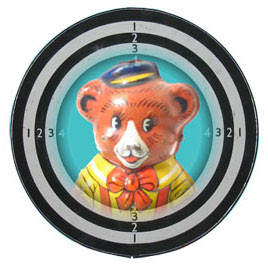 |
| Sandra Brownlee in her Dartmouth, Nova Scotia studio |
It is in her notebooks that Sandra digs deep. It is where she enters "the thorough experience of experience" as Inez Martinez wrote in an essay called Interiority. On these pages Sandra responds to her physical environment. Once she picked a delicate flower, pressed it, made a cloth pocket for it, and then darned this pocket into her notebook. She will post a card from a friend on one page and then on the opposite page, recreate the card in her own way. When she receives gifts, she does a line drawing of the object, thus becoming one with the gift, or becoming the object as Walt Whitman wrote in his poem There Was a Child Went Forth.
"There was a child went forth every day;
And the first object he look'd upon, that object he became;
And that object became part of him for the day, or a certain part of
the day, or for many years, or stretching cycles of years."
During a decade-long transition from her well-established weaving practice (that I will write about in another post), Sandra ramped up her notebook practice, often filling a page a day. She returned to childhood activities and found herself exploring materials and techniques of childhood art like finger-painting in her notebook. During this transition, the notebook became a portable studio and she was free to create art anywhere.
 |
| Artwork by Sandra Brownlee, Photography by Keith McLeod |
In her essay, On Keeping a Notebook, Joan Didion wrote: "It is a good idea, then, to keep in touch, and I suppose that keeping in touch is what notebooks are all about. And we are all on our own when it comes to keeping those lines open to ourselves: your notebook will never help me, nor mine you." So, in the end, although I would love to curl up on a comfy couch with a pile of Sandra's notebooks and a mug of hot green tea, the reality is that my own notebooks (or sketchbooks, as I call them) will tell me what I need to know.
Thank you Sandra for so generously including your notebooks in your solo exhibits. They inspire us to fill our own sketchbooks, make our own connections, and make our own artwork.
* you can read part one of this essay here
























